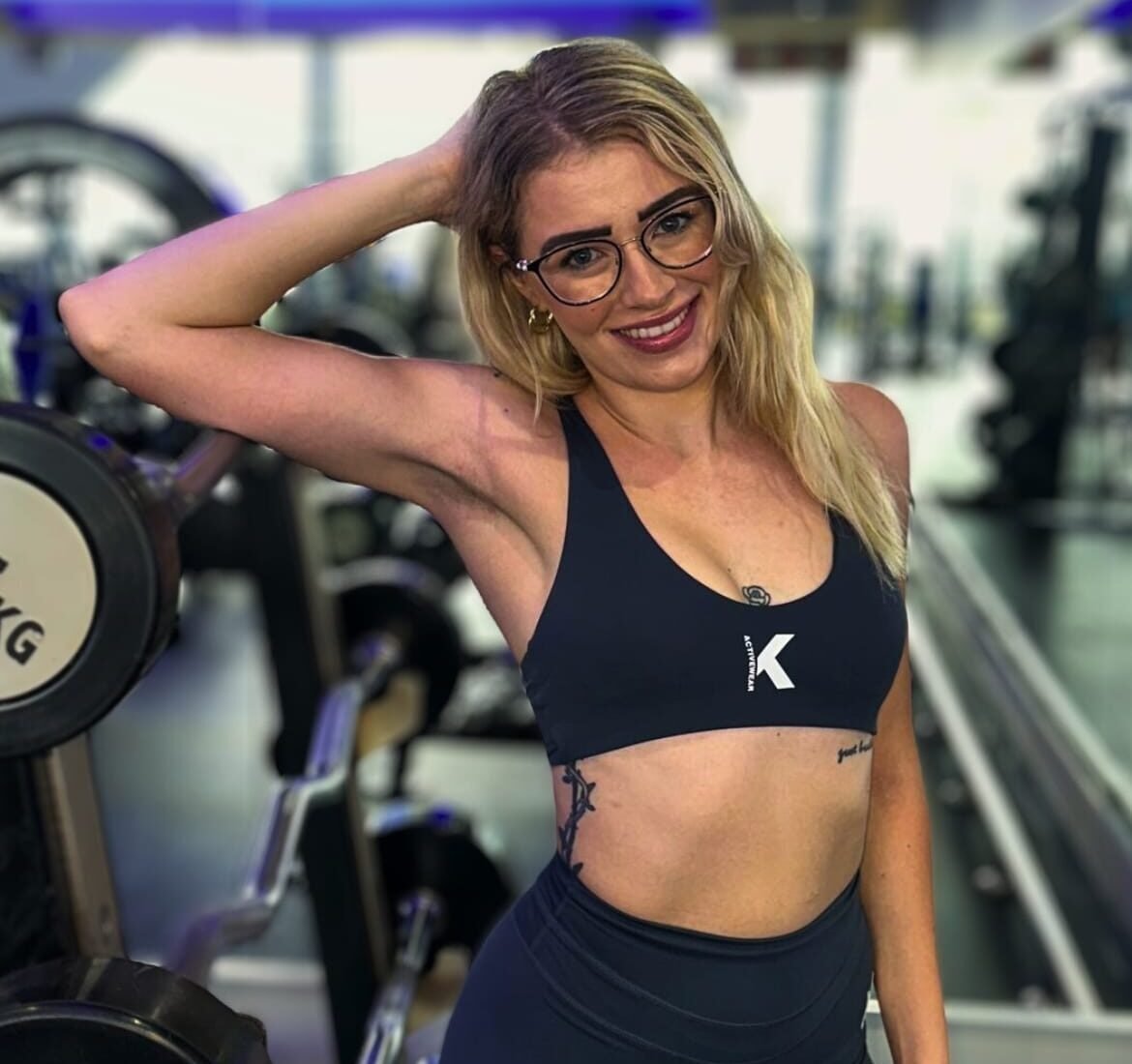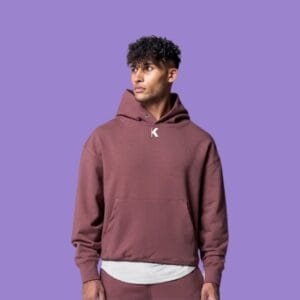Understanding the Need for Supportive Sports Bras
Supportive sports bras play a vital role for women who engage in physical activities, acting as a fundamental component in their exercise wardrobe. The breast anatomy is complex; it consists mainly of glandular tissue, fat, and connective ligaments called Cooper’s ligaments. These ligaments provide structural support but can become overstretched without adequate support, leading to discomfort and potential injuries. During physical activities, the average breast can move significantly. Research indicates that breasts can experience movement in three dimensions—upward, sideways, and in-and-out—during exercise, with this motion leading to increased stress on the breast tissue.
Statistics reveal that many women experience some form of breast discomfort while exercising. According to studies, up to 60% of women report experiencing pain or discomfort due to inadequate breast support during physical activities. This discomfort can discourage active participation in sports or exercise routines, impacting overall health and fitness goals. Moreover, inadequate support can potentially result in long-term issues, including sagging and other structural problems.
Different types of physical activities necessitate various levels of support. High-impact activities, such as running or aerobics, require sports bras designed to minimize movement significantly, whereas low-impact activities, like yoga or walking, may need less restrictive support. Therefore, it is essential for women to choose sports bras that adequately cater to the specific demands of their chosen activities. Such variations underscore the importance of selecting the right style and size, ensuring that women benefit from both comfort and support tailored to their exercise patterns.
Choosing the Right Supportive Sports Bra
Selecting the right supportive sports bra is crucial for active women to ensure comfort and prevent injury during physical activities. One of the primary factors to consider is the level of support needed, which can vary based on the type of exercise performed. Sports bras are typically categorized into three support levels: low, medium, and high. Low support bras are suitable for activities like yoga or walking, while medium support bras are ideal for cycling and some gym workouts. For high-impact activities such as running or aerobics, high support bras are essential to reduce breast movement significantly.
Material plays a vital role in enhancing both comfort and performance. Look for moisture-wicking fabrics that draw sweat away from the body, keeping the skin dry during workouts. Fabrics such as polyester and nylon blended with spandex ensure elasticity, providing a snug but comfortable fit. Additionally, pay attention to features like padded straps and wide bands, which can help distribute pressure evenly across the shoulders and minimize discomfort.
A proper fit is paramount when choosing a supportive sports bra. To ensure the bra fits correctly, it is recommended to try it on with the type of workout in mind. When trying on the bra, perform some movements like jumping or stretching to evaluate support and comfort. Common mistakes include choosing the wrong band size or selecting an excessively tight bra, which can restrict movement and cause chafing. Observe for signs indicating insufficient support, such as excessive bouncing or discomfort during activity.
For those seeking reliable options, popular brands such as Brooks, Lululemon, and Nike offer high-quality supportive sports bras tailored for various activities. Each of these brands is recognized for producing well-constructed bras that cater to different support needs, ensuring that every active woman can find her perfect fit.









Reviews
There are no reviews yet.